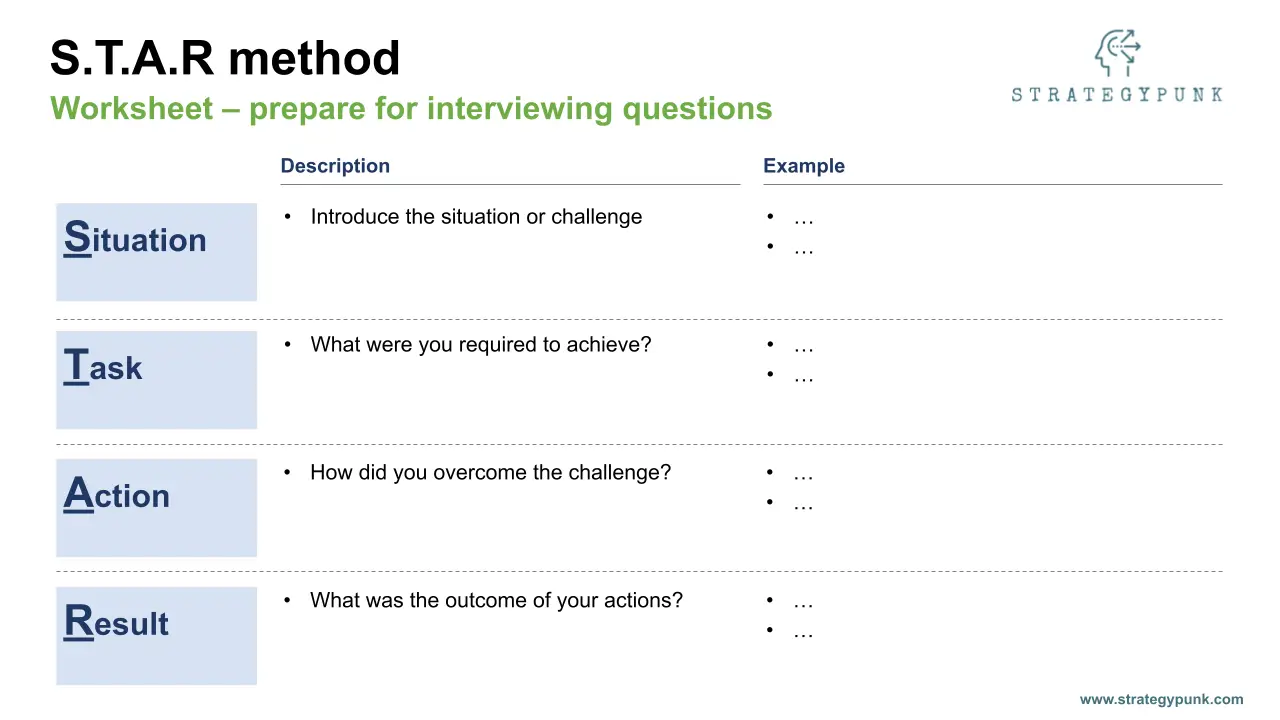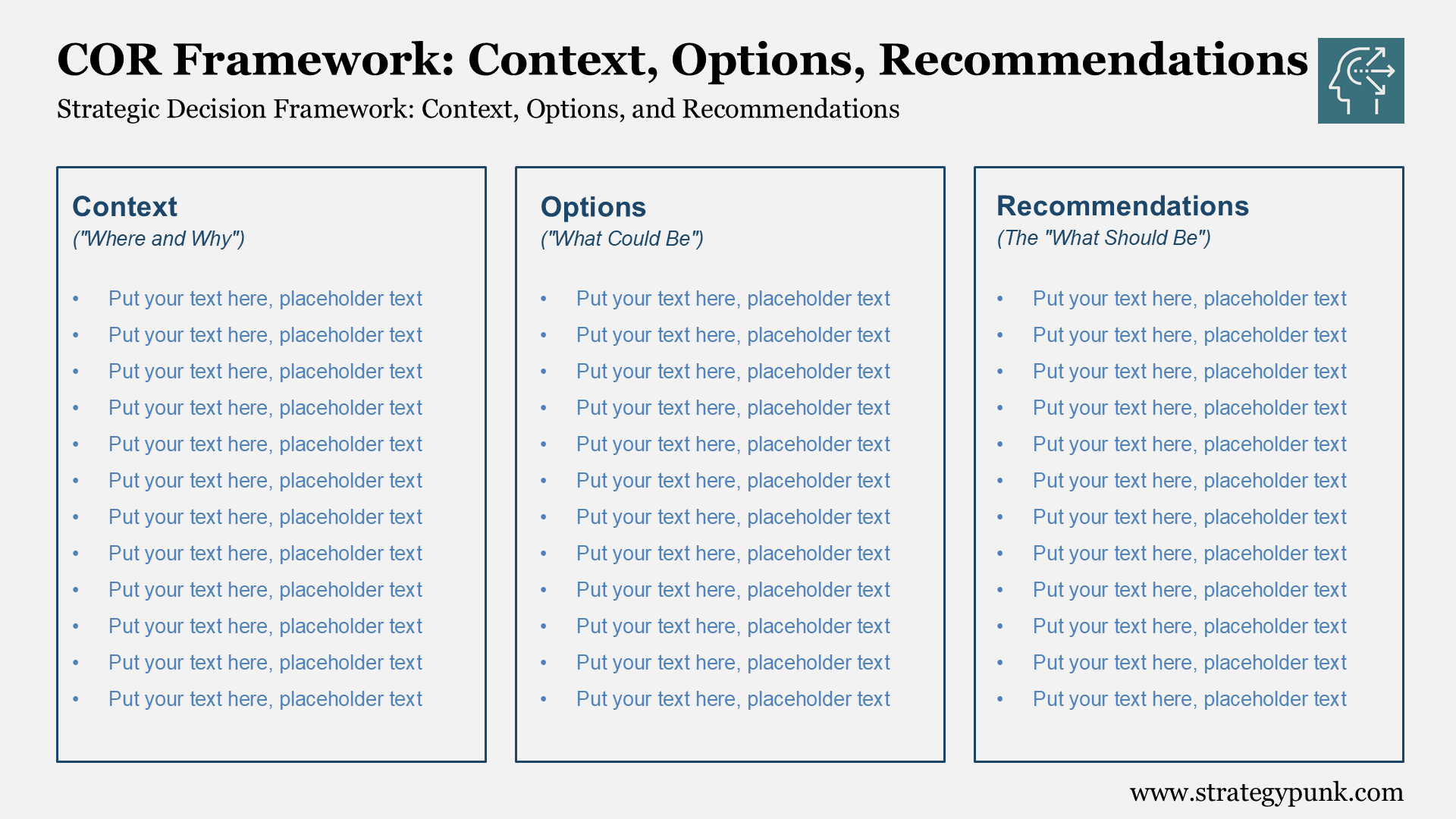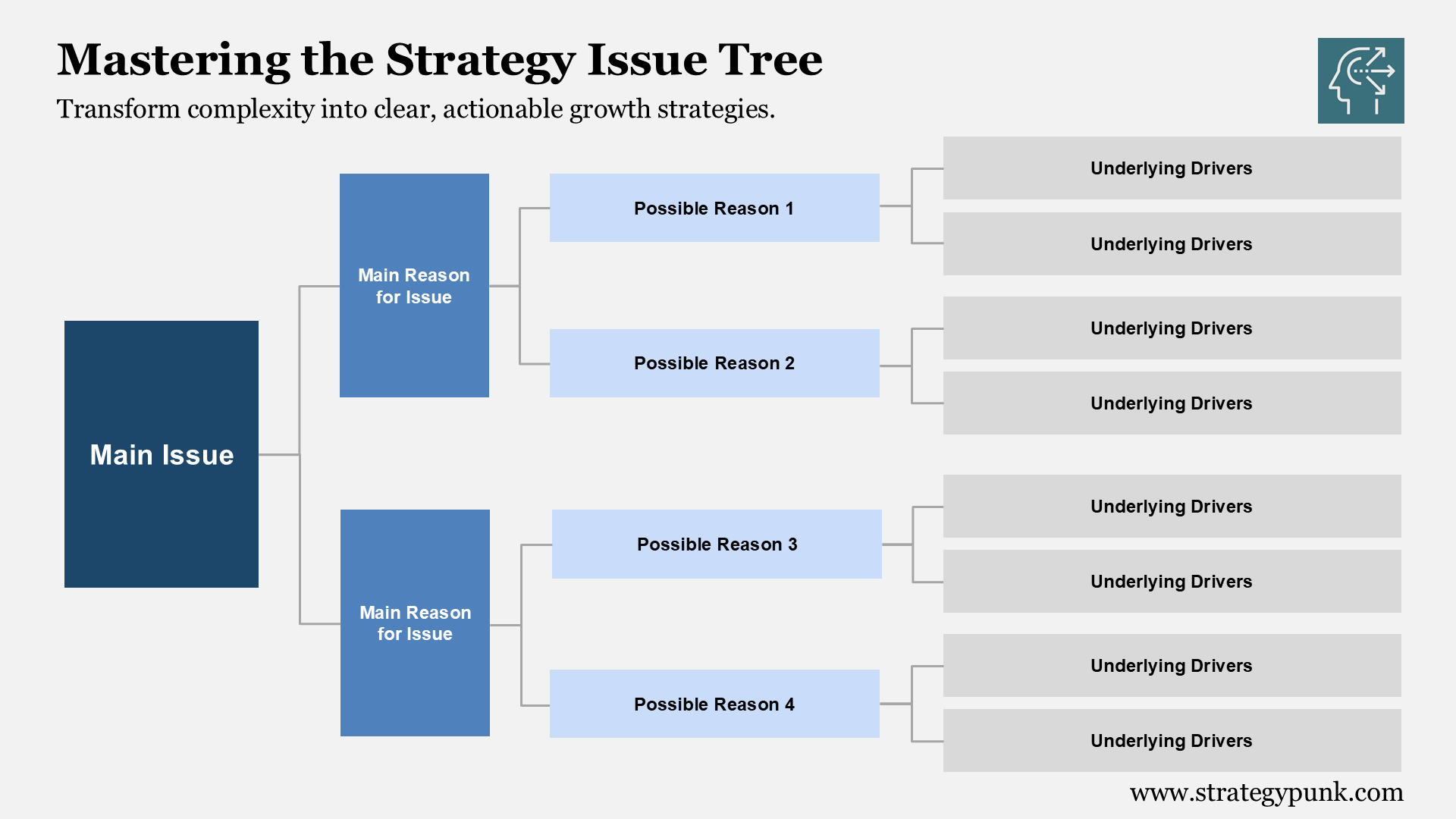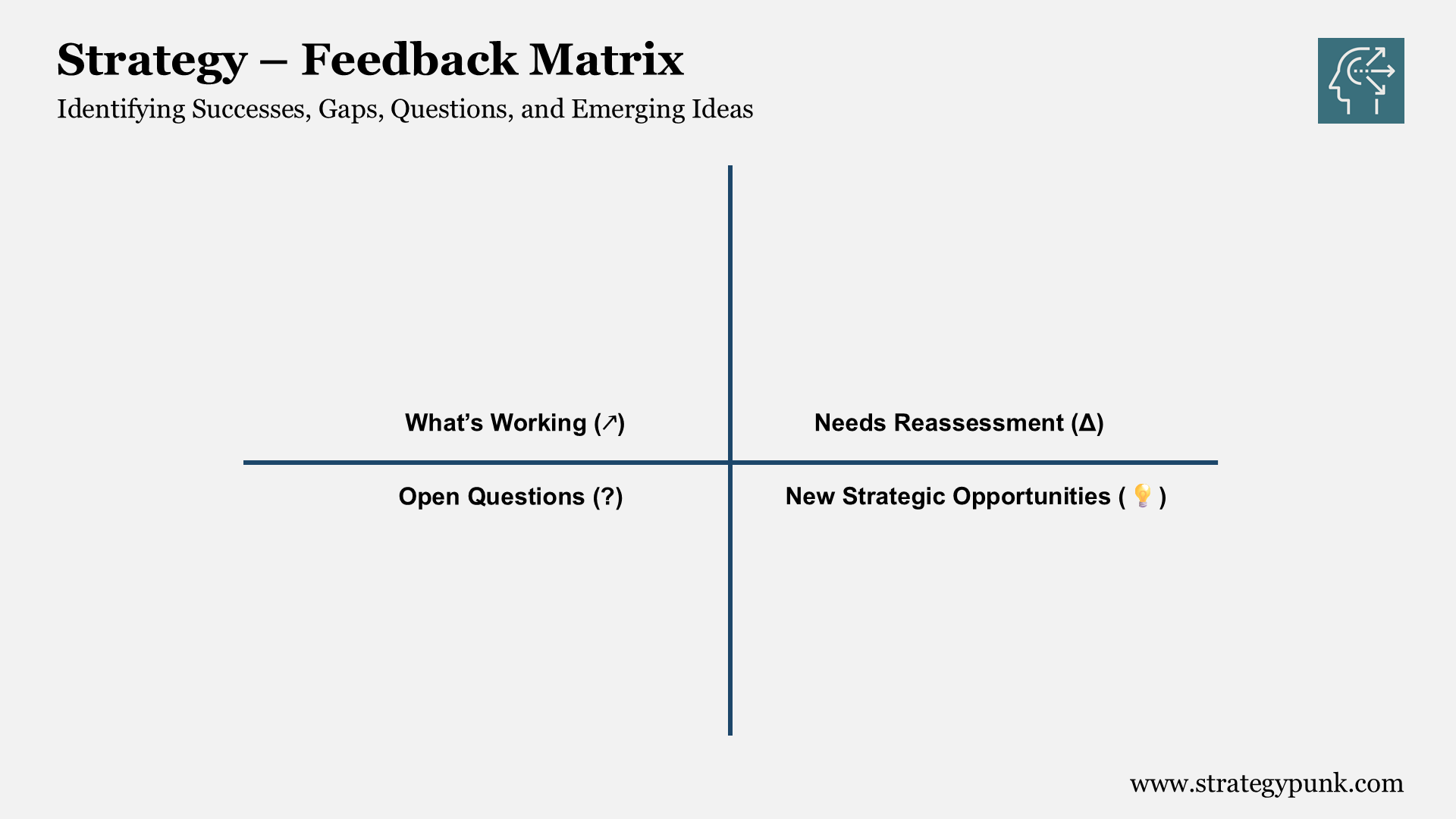STAR Method: The Ultimate Technique to Ace Your Interviews
The STAR (or S.T.A.R.) method is a structured manner of responding to a behavioral-based interview question.

Introduction: What is the STAR method?
The STAR (or S.T.A.R.) method is structured to respond to a behavioral-based interview question.
This way of answering interview questions allows you to provide concrete evidence or examples that you have the experience and qualifications required for the job.
The acronym S.T.A.R. stands for:
S - Situation
T - Task
A - Action
R - Result

The Importance of Preparation Before an Interview
Preparation before an interview must be balanced. It is the most crucial step in the interview process. The first impression is always the best, and it is vital to make a good one.
To prepare for an interview, it would be best to research the organization or company you are interviewing with.
It is also essential to practice your interview skills. The STAR method is a structured, step-by-step manner of responding to a behavioral-based interview question.
You can practice answering interview questions with the STAR method worksheet at the end of this blog post.
Why is the STAR method important?
The STAR method, short for Situation, Task, Action, and Result, is a popular and effective way to structure interview questions and answers.
This method can help you organize your thoughts and remember important details about the situation or task.
The following are some of the benefits of using the STAR technique:
- It helps you to organize your thoughts and answer questions quickly
- It helps you to provide insightful responses
- You will be able to give more details about the topic
- You will have more control over the conversation and the interviewer
How To Use STAR as a Powerful Answering Technique
STAR stands for Situation, Task, Action, Result. The STAR technique is a powerful answering technique that can be used in any situation. It helps answer any job interview question (or give a presentation).
To show your skills in an interview, you'll need to talk about a specific situation you were involved in, the task you took on, and the result.
The STAR method should be a guideline rather than a rigid template, as it only accounts for some types of interviews.

Skills to demonstrate during an interview with the STAR method
The STAR method is a technique that interviewers use to organize their thoughts and allow the interviewee to demonstrate their skills.
Critical thinking skills
Critical thinking refers to the ability to think clearly and logically. It is an essential skill that all job seekers need to master.
The STAR method helps candidates demonstrate clear, concise thinking to stand out. Explaining your thoughts and reasoning in a logical, coherent manner will go a long way toward helping you land the job.
Observation skills
Demonstrating observation skills is vital for anyone who wants to succeed in life. Observing and identifying patterns is an essential skill for many fields.
By practicing this technique, you will learn to recognize what is essential and what isn't.
Problem-solving skills
Problem-solving skills are the ability to identify and neutralize obstacles to progress. The key is identifying problems and using all available resources to solve them.
Problem-solving is a skill that can be improved with practice. You can learn to identify and solve problems using the structured STAR step-by-step approach.
Mastering the STAR Method: Sidestep These Interview Pitfalls
The STAR method is powerful for interview success, but even seasoned candidates need help.
Here are two critical mistakes to avoid:
The Context Quagmire
• Trap: Drowning your story in excessive "Situation" details
• Risk: Losing the interviewer's interest before reaching the core of your story
• Solution: Keep it crisp! Provide just enough context to set the stage
The Vanishing Victory
• Trap: Glossing over or failing to quantify your "Results"
• Risk: Leaving your achievement feeling lackluster or incomplete
• Solution: Showcase your success with complex numbers and specific feedback
Remember: A well-crafted STAR response is concise yet impactful, guiding the interviewer through your experience with clarity and precision.
Examples of Different Roles
The STAR method isn't one-size-fits-all—it's a chameleon that adapts to showcase your unique strengths across diverse roles.
Let's explore how different professionals can craft compelling STAR narratives:
The Project Manager's Juggling Act
Situation: Complex project with conflicting deadlines
Task: Balance stakeholder demands while managing risks
Action:
• Implemented priority matrix
• Held daily stand-ups to address bottlenecks • Negotiated timeline adjustments with critical stakeholders
Result: Delivered project on time with 100% stakeholder satisfaction
The Software Developer's Debug Triumph
Situation: Critical bug discovered 24 hours before product launch
Task: Identify and fix the issue without delaying the release
Action:
• Led overnight debugging session
• Utilized advanced logging and tracing tools
• Coordinated with QA for rapid testing cycles
Result: Bug fixed and verified 2 hours before launch, preventing $500K in potential losses
Pro Tip: Tailor your STAR stories to highlight skills most relevant to your target role. Whether you're in finance, marketing, or healthcare, there's a STAR waiting to shine!
Customizing STAR for Remote Interviews
In our increasingly digital world, your STAR stories need a remote-ready upgrade. Here's how to adapt your narrative for the virtual stage:
Spotlight Remote Work Superpowers
• Communication: How you keep the team synced across time zones
• Time Management: Your strategies for balancing autonomy and accountability
• Digital Dexterity: Your proficiency with collaboration tools and platforms
Virtual Victory: A Remote Leadership Example
Situation: Leading a global project team spread across three continents
Task: Deliver a product launch while maintaining team cohesion
Action:
• Implemented daily async check-ins via Slack
• Hosted bi-weekly "virtual water cooler" sessions to boost morale
• Utilized Trello for transparent task management
Result: Launched on time with a 98% team satisfaction rate
Tech Triumph: Overcoming Digital Hurdles
• Describe how you troubleshot a critical software issue during a client presentation
• Highlight your quick thinking in adopting a new project management tool mid-sprint
Pro Tip: Weave in examples of "virtual emotional intelligence" – how you read and respond to team members' needs in a digital environment.
Conclusion and Wrap-Up
The STAR method is a structured manner of answering a behavioral-based interview question. The acronym stands for Situation, Task, Action, and Result. This is a simple but effective way to organize your thoughts and remember important details about the situation or task.
To show your skills in an interview, you'll need to talk about a specific situation you were involved in, the task you've been assigned, the actions you took, and the result.
While practicing the STAR technique, it is essential to remember that you are providing examples of your skills rather than generalizations about yourself.
While the STAR technique is not a rigid template, it is an excellent way to organize your thoughts and answer questions in a structured way.
Free Template
in PowerPoint and Google Slides format
Download the templates for FREE. 100% editable. It's perfect for any business professional or student to download and edit.






